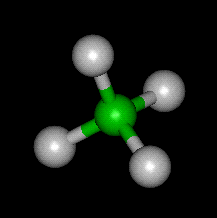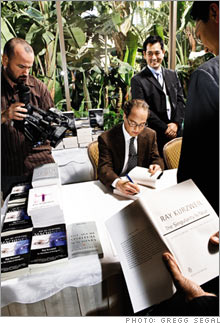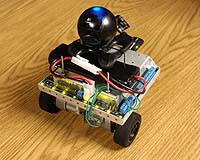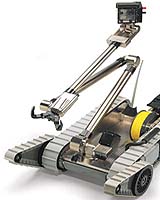
Under this study, five nanotechnological applications were subject to detailed investigation: fuel additives, photovoltaics (solar cells), the hydrogen economy, electricity storage and insulation. In these areas nanotechnology could contribute to reducing greenhouse gas emissions by up to 2 % in the near term and up to 20 % by 2050 with similar reductions in air pollution being realised.
Overview of the report’s investigations into the nanotechnology focus areas:
Fuel additives: Nanoparticle additives have been shown to increase the fuel efficiency of diesel engines by approximately 5% which could result in a saving of 2-3 million tonnes of CO2 in the UK. This could be implemented immediately across the UK diesel powered fleet. However, this must be tempered by concerns about the health impact of free nanoparticles in diesel exhaust gases. Recommendations include: Comprehensive toxicological testing and subsidised independent performance tests to validate environmental benefit.
Solar cells: The high prices of solar cells are inhibiting their installation into distributed power generation, reducing energy generation from renewables. Nanotechnology may deliver more benefits in significantly decreasing the cost of production of solar cells. Conservatively, if a distributed solar generation grid met 1% of our electricity demand, approximately 1.5 million tonnes of CO2 per annum could be saved. The major barrier to this technology is the incorporation of the nanotechnology into the solar cell, not the nanotechnology itself. The UK is one of the world leaders in understanding the fundamental physics of solar cells, but we lack the skills that allow us to transfer our science base into workable prototypes. Recommendations include: Develop programs and facilities for taking fundamental research through to early stage prototypes where established mechanisms can be employed to commercialise new technologies. Set up a centre of excellence in photovoltaics which allows cross fertilisation of ideas from different scientific disciplines.
The hydrogen economy: Hydrogen powered vehicles could eliminate all noxious emissions from road transport, which would improve public health. If the hydrogen is generated via renewable means or using carbon capture and storage, all CO2 emissions from transport could be eliminated (132 million tonnes). Using current methods of hydrogen generation, significant savings in carbon dioxide (79 Mte) can be made. The technology is estimated to be 40 years away from universal deployment. The UK is becoming one of the front runners in this area. Although we do not have a substantial automotive R&D base, the international nature of these companies will allow ready integration of UK innovation into transport. Recommendations include: The use of public procurement to fund hydrogen powered buses in major cities to create a market and infrastructure for hydrogen powered transport. Continue to fund large demonstration projects and continue R&D support.
Batteries and supercapacitors: Recent advances in battery technology have made the range and power of electric vehicles more practical. Issues still surround the charge time. Nanotechnology may provide a remedy to this problem allowing electric vehicles to be recharged in less than ten minutes, which is comparable to the refuelling time of current cars. If low carbon electricity generation techniques are used, CO2 from private transport could be eliminated (64 Mte) or, using the current energy mix, savings of 42 Mte of carbon dioxide could be made. Without nanotechnology, electric vehicles are likely to remain niche due to the issues of charge time. Significant infrastructural investment will be required to develop recharging stations throughout the UK. Recommendations include: Fast track schemes for commercialisation and cultivate links with automotive multinationals.
Insulation: Cavity and loft insulation are cheap and effective, however, there are no easy methods for insulating solid walled buildings, which currently make up approximately one third of the UK’s housing stock. Nanotechnology may provide a solution which, if an effective insulation could be found with similar properties to standard cavity insulation, could result in emission reductions equivalent to 3 Mte per year. Ultra thin films on windows to reduce heat loss already exist on the market. Recommendations include: Fund a DTI technology program call on novel insulation material for solid walled buildings and retrofit government offices with highly insulating nanotechnology based windows.


























